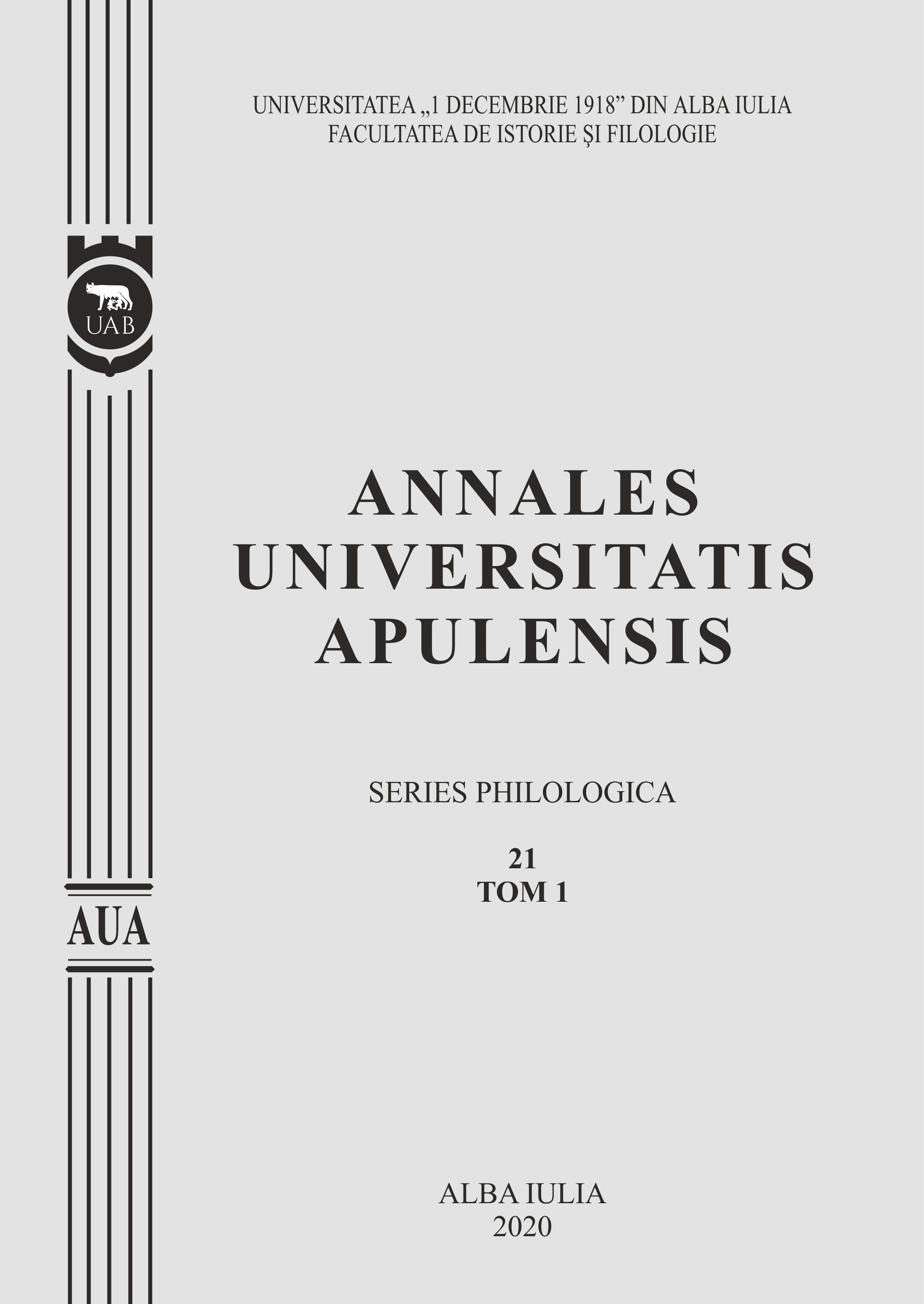ELIPSA ÎN TEXTUL DIALECTAL (DE LA ALRT II, LA TEXTELE NALR)
ELLIPSIS IN THE DIALECTAL TEXT (FROM ALRT II TO NALR TEXTS)
Author(s): Rozalia ColciarSubject(s): Language studies, Language and Literature Studies, Philology
Published by: Universitatea »1 Decembrie 1918« Alba Iulia
Keywords: ellipsis; dialectal text; brachylogy; proper ellipsis; textual category
Summary/Abstract: Our study aims to the syntactic phenomenon of the ellipsis within the dialectal text, an analysis based on the corpus of the texts published. Considered a peculiar feature of oral syntax, the origin of the ellipsis lies in the tendency of the language towards the briefness of the expression. The dialectal text is characterised by a high frequency of the elliptical constructions or of the variants to achieve the ellipsis which, in accordance with GALR II (2005), we will hereby delineate as: 1) brachylogy (concepts understood implicitly), a form that consists in the suppression of some of the components of the statement that have already been expressed in the same context, retrievable from a syntactic and semantic point of view by relating them to an antecedent (e.g. understanding the verbal predicate or the subject from the context); 2) the proper ellipsis (textually conditioned, anaphoric) when the components that have been omitted are not co-referential with an antecedent, but may be understood and reconstituted both syntactically and semantically (e.g. the ellipsis of the predicate or of the connectors). The integral retrieval of the missing parts of the elliptical constructions (structural approach) involves not only the co-text but also the context, i.e. a semantic-pragmatic approach to communication (an interactional interpretation, illocutionary and inferential). From the textual-discursive perspective, the ellipsis may be considered a textual category ensuring text cohesion at phrase level and contributing to overall textual coherence as it turns to inferences in decoding incomplete statements.
Journal: Annales Universitatis Apulensis. Series Philologica
- Issue Year: 21/2020
- Issue No: 1
- Page Range: 242-254
- Page Count: 13
- Language: Romanian

